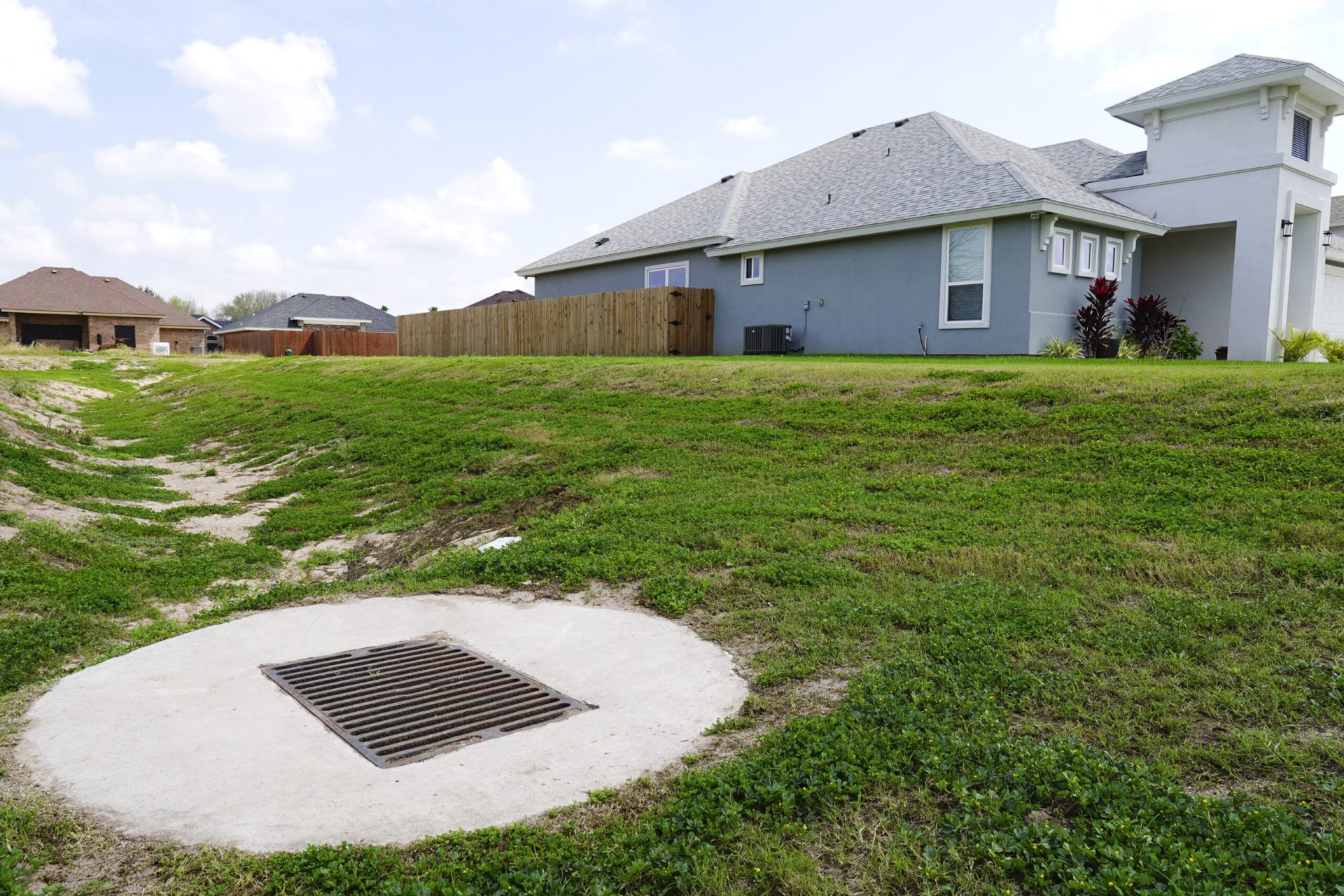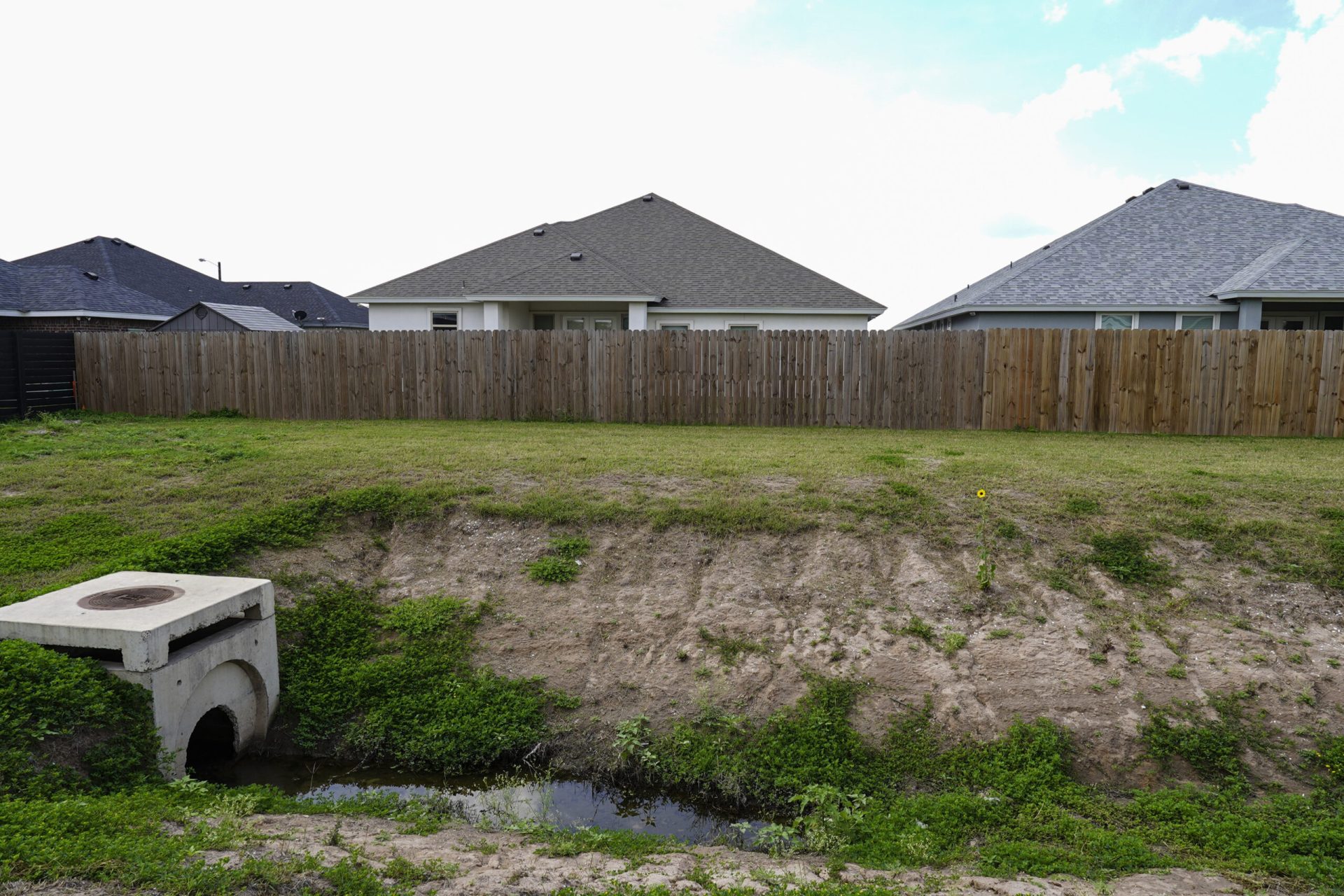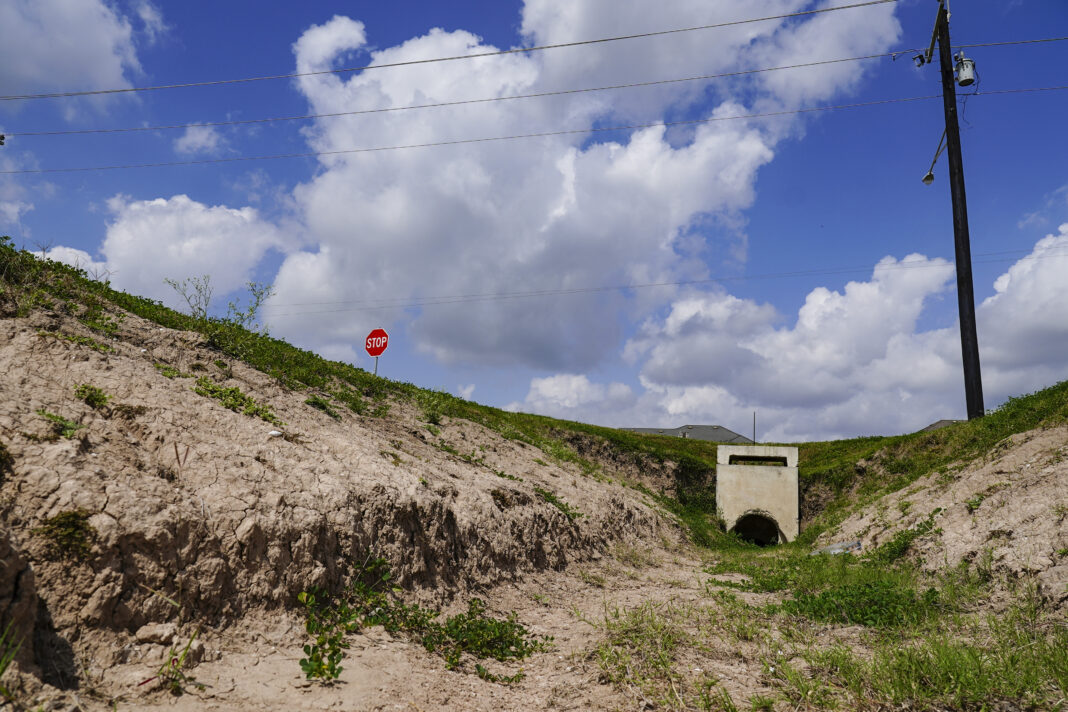HARLINGEN — Stricter drainage standards aimed at curbing flooding in new subdivisions might be going into the city’s law book.
After months of debate, the newly revamped Planning and Zoning Commission is proposing boosting standards in the Subdivision Development Guide, a 131-page manual specifying engineering standards developers follow as they plan new subdivisions.
On Wednesday, city commissioners are set to consider turning the proposal into an ordinance.
Meanwhile, developers are warning the proposal would boost subdivision lot prices.
Earlier this week, the planning board proposed requiring developers to take tougher steps to protect their subdivisions from floodwaters, such as building bigger detention ponds.
“This is a monumental day for advancing better drainage policy in the city of Harlingen,” board member J.V. Garcia, a civil engineer who develops drainage plans, said.
In Hidalgo County, officials have already taken steps requiring developers to protect new subdivisions from bigger storms, he said.
“Basically the whole Valley has adopted that,” board member Marcus Cruz, a civil engineer, said. “It’s a great step in the right direction to protect the property of current and future residents. This is how the city will move forward.”
Proposed flood-control measures
The planning board is calling on developers to take more steps to protect the city’s new subdivisions from bigger storms.
“There were no real standards followed across the board,” Garcia said. “For the first time we have a clearly written drainage ordinance to minimize flooding during the construction of new subdivisions. In addition to having a new P&Z board that finally has brought oversight and accountability for new developments, we are also increasing our drainage standards to minimize flooding.”

As part of the proposals, the board is calling for such measures as bigger detention and retention ponds built to help store floodwaters during bigger storms.
“A detention pond will temporarily store excess water and then drain slowly via a discharge point whereas a retention pond will remain wet until the basin has evaporated or the runoff has completely infiltrated the soil,” the board’s draft ordinance states.
Other proposed measures include construction of porous pavement, which allows storm water to seep into the ground, curbing runoff, and underground filtration basins developed beneath parking lots.
In subdivisions, 3,000-5,000-gallon storage basins installed under homes’ front yards would also help drain floodwaters, Garcia said.
“By no way is it a catch-all solution to solve our drainage problems,” he said. “However, it’s the easiest step every city and county can take immediately to ensure better drainage for new developments.”
Developers warn of subdivision lot price hikes
Developers are warning the proposals would drive up subdivision lot prices, noting measures such as bigger on-site detention ponds would swell project costs.
According to Garcia, building bigger detention basins would boost a half-acre residential lot’s price tag by about $1,000.
“They would rather pay an additional $1,000 in a 30-year-mortatge than tens of thousands of dollars in flood damages,” he said, referring to new home buyers.
However, Jack Brown, an engineer who works with developers, said the proposals would “substantially” raise subdivision lot prices.
“It will be substantial,” he said. “It will be quite a bit more than $1,000 per lot. The developer will probably not invest that much money unless home prices increase to a point where it’s feasible. It’s probably going to be money not spent.”

Meanwhile, Brown argued stepped up measures couldn’t hold back floodwaters such as those spawned during the June 2019 storm which dumped 15 inches of rain within four hours.
“It will do absolutely nothing to reduce flooding if we get 15 inches of rain in four hours,” he said. “The drainage basins are overwhelmed in a flood of that extent.”
City facing challenge
The city, which has been spending millions to upgrade its drainage system, faces the biggest challenge of overhauling a network made up of miles of pipes and canals developed to protect against storms weaker than those for which the planning board is preparing.
Now, the city is conducting a study of its drainage system, Cruz said.
Since Hurricane Dolly’s rains swamped the area in 2008, a Harlingen homeowner said floodwaters have rushed into his home twice.
He said his subdivision where he’s lived since 2007 was “built like a bowl,” with inadequate storm sewer pipes.
“That’s going to require the city government to upgrade our outdated infrastructure,” Garcia said.
As development continues to change the landscape, the city’s old standards are leaving more subdivisions prone to flooding, he said.
“Existing subdivisions that have been approved and built with inadequate drainage still need to be addressed through physical upgrades,” he said.
To help fund the city’s drainage system overhaul, he suggested applying for grant money from such agencies as the U.S. Army Corps of Engineers and the Federal Emergency Management Agency.




